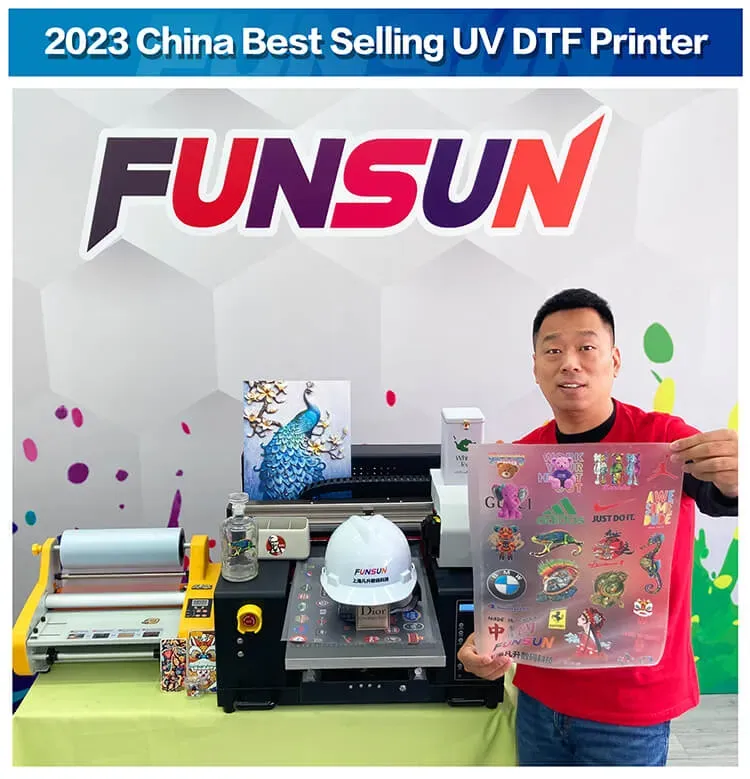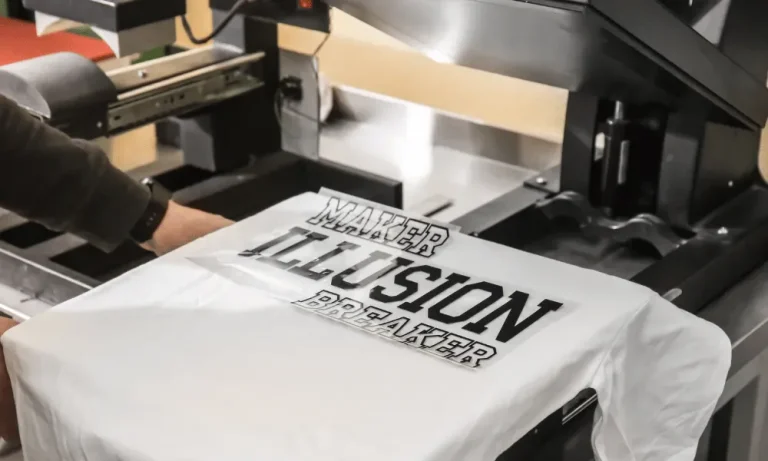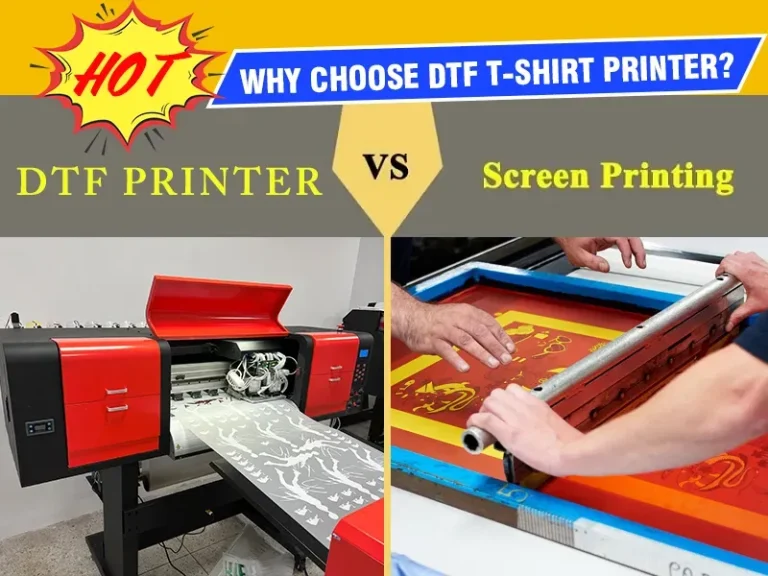DTF Printing: The Ultimate Choice for Merchants to Maximize Profits
In today’s fast-paced retail environment, DTF printing has emerged as a game-changer for merchants looking to boost their profit margins. Direct to Film printing, with its innovative approach, allows for impressive custom garment printing that meets the growing consumer demand for personalization. As this printing technology for merchants becomes increasingly popular, it stands out for its versatility and the high-quality results it produces on various fabric types. Furthermore, DTF offers cost-effective printing methods that enable companies to minimize waste and adapt their offerings with ease. As we delve deeper, the numerous benefits of DTF printing will reveal why so many businesses are making the switch to this superior method in the quest for increased profitability.
Also known as Direct to Film (DTF) printing, this method has quickly gained traction among apparel providers looking to meet customer desires for unique and custom designs. The flexibility of this printing process facilitates a wide range of fabric compatibility, thus ensuring that merchants can offer tailored solutions to their clientele. As consumers increasingly favor bespoke garments, alternative printing practices like DTF emphasize efficiency without compromising quality. Given its smart alignment with sustainable printing practices, DTF represents a forward-thinking solution that resonates with environmentally conscious brands. In a competitive landscape, mastering this advanced custom garment printing technique can set merchants apart and enhance their market presence.
Understanding Direct to Film (DTF) Printing
Direct to Film (DTF) printing is transforming the landscape of garment personalization by streamlining the printing process. This innovative method involves printing designs onto a special film, which is then transferred onto a garment using heat and pressure. Merchants love DTF for its ability to produce vibrant colors and high-resolution images, making it ideal for intricate designs. Furthermore, DTF can be used on a wide range of fabrics, including cotton, polyester, and blends, thereby increasing the scope for custom garment printing.
One of the key advantages of DTF printing is the elimination of the need for different screens and setup processes associated with traditional printing methods. This simplification not only speeds up the production process but also reduces the overall costs for merchants. By adopting DTF printing, businesses can operate more flexibly, offering custom designs with quick turnaround times that align closely with consumer demands.
Frequently Asked Questions
What is DTF printing and how does it work?
Direct to Film (DTF) printing is a revolutionary printing technology that allows for the transfer of high-quality images onto fabrics. The process involves printing designs onto a special film, applying adhesive, and then transferring the print to the fabric using heat and pressure. This method is particularly effective for custom garment printing due to its versatility and ability to produce vibrant prints on various fabric types.
What are the cost advantages of using DTF printing for merchants?
DTF printing is among the most cost-effective printing methods available. Unlike traditional screen printing, DTF does not require expensive setup costs for each design. Merchants can produce smaller print runs without incurring significant overhead and material waste, significantly improving profit margins. This flexibility makes DTF an ideal choice for new merchants or those with budget constraints.
How does DTF printing differ from traditional printing methods?
DTF printing differs from traditional printing methods such as screen printing and direct-to-garment (DTG) printing in several ways. DTF involves transferring ink from a film onto fabric, which allows for greater detail and color vibrancy, especially on various materials. Additionally, DTF is more cost-effective and sustainable than traditional methods, as it uses less water and allows for smaller production runs without setup costs.
Is DTF printing suitable for sustainable printing practices?
Yes, DTF printing aligns well with sustainable printing practices. It uses significantly less water than traditional dyeing processes and generates less waste, making it an eco-friendly option for merchants. Brands that adopt DTF technology can appeal to eco-conscious consumers and enhance their marketability by promoting their commitment to sustainable practices.
What types of fabrics can be used with DTF printing?
DTF printing is incredibly versatile and can be used on a wide range of fabrics, including cotton, polyester, blends, and even some dark materials. This adaptability allows merchants to offer a diverse selection of custom apparel, meeting the growing consumer demand for personalized fashion and high-quality prints across different fabric types.
What advancements are currently influencing DTF printing technology?
Recent advancements in DTF printing technology have focused on improving print speed and quality. Manufacturers have introduced new printers equipped with enhanced features, enabling faster production times while maintaining exceptional print quality. Additionally, the rise of online communities dedicated to DTF printing allows merchants to share best practices and innovations, further enhancing the overall printing experience.
| Key Advantages of DTF Printing | |
|---|---|
| Cost-Effectiveness | Eliminates the need for costly screens and setup, allowing for smaller print runs. |
| Quality and Durability | Produces vibrant prints that withstand multiple washes, ensuring customer satisfaction. |
| Ease of Use | Quick setup and operation, making it accessible even for beginners. |
| Environmental Benefits | Utilizes less water than traditional methods, appealing to eco-conscious consumers. |
| Market Growth Potential | Growing demand for customized apparel leads to increased interest in DTF technology. |
Summary
DTF printing is revolutionizing the apparel industry by providing a profitable solution for merchants eager to expand their offerings. With its remarkable cost-effectiveness, high-quality prints, and user-friendly technology, DTF allows businesses to meet the increasing consumer demand for personalized products. As the market evolves, the environmental advantages of DTF printing are further enhancing its appeal among eco-conscious brands. By embracing DTF printing, merchants are not only maximizing their profits but also positioning themselves as leaders in sustainable and innovative practices in the custom apparel landscape.





